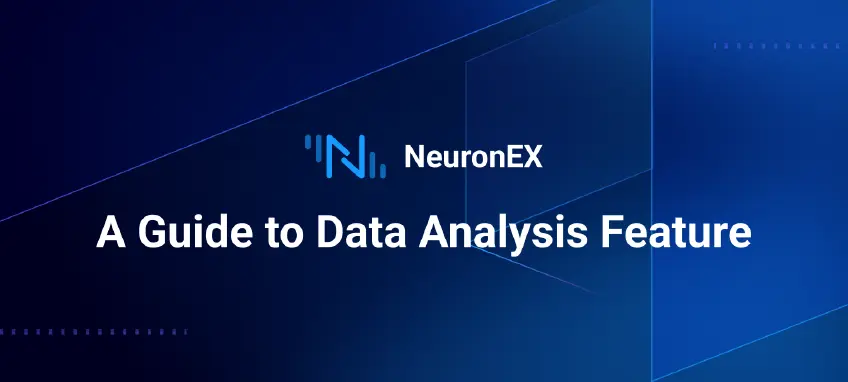
Nov 4, 2025EMQX Team
Getting Started with EMQX Message Queue in 10 MinutesLearn how to use EMQX 6.0 Message Queue for reliable, persistent, and intelligent MQTT message delivery — from queue creation to dispatch strategies and last-value semantics, all in one hands-on guide.

Nov 3, 2025EMQX Team
Announcing EMQX Tables: A Native Time-Series Database for IoT Data (Preview starts today)EMQX Tables is officially live in Preview. Be the first to explore its capabilities and simplify your data stack for free.

Nov 1, 2025EMQX Cloud Team
Understanding AWS IoT Core: Features, Use Cases & Quick TutorialAWS IoT Core is a managed cloud service that lets connected devices easily interact with cloud applications and other devices.

Oct 30, 2025EMQX Team
Unifying MQTT Pub/Sub and Message Queuing: The Architecture Behind EMQX 6.0Discover how EMQX 6.0 unifies real-time MQTT pub/sub and durable message queuing to ensure reliable, persistent IoT communication without external MQ systems.

Oct 28, 2025EMQX Team
Solving Real-World IoT Messaging Challenges with EMQX Message QueuesBuild real-time and durable IoT messaging on one platform. Learn how EMQX Message Queue solves the real-world messaging challenges without Kafka or RabbitMQ.

Oct 27, 2025Benniu Ji
One Broker, Two Paradigms: Real-Time MQTT Pub/Sub and Durable Queues, Natively in EMQXDiscover how EMQX’s unified messaging architecture combines real-time MQTT pub/sub and durable message queuing in a single platform—simplifying IoT systems, reducing costs, and eliminating the need for external MQs like Kafka or RabbitMQ.

Oct 27, 2025Benniu Ji
How EMQX Cloud Weathered the AWS us-east-1 Storm: Lessons in Building Resilient IoT InfrastructureWhen the AWS US-East-1 region began experiencing issues on October 19th, we braced for impact. To our relief, and honestly, validation of our architectural choices, EMQX Cloud's core MQTT services remained largely unaffected.

Oct 23, 2025EMQX Team
Understanding IoT Connectivity: How EMQX Connects Millions of DevicesThis blog will walk you through the fundamentals of modern IoT connectivity and show you how EMQX, a leading MQTT platform, provides the powerful, scalable, and secure backbone your IoT solution needs.

Oct 14, 2025MQTTX Team
MQTTX 1.12.1 Released: SCRAM Authentication & Enhanced SecurityMQTTX 1.12.1 brings SCRAM authentication, XSS vulnerability fixes, 2025 AI model updates, and major stability enhancements for secure, reliable performance.

Oct 9, 2025Neuron Team
Unlock Industrial Insights with NeuronEX's AI-Powered Data Analysis Feature: A User GuideUnlock the power of industrial data with NeuronEX 3.6.0's new Data Insights feature — combining a built-in time-series database, AI-powered SQL analysis, and customizable dashboards for smarter, data-driven decisions.

Oct 7, 2025EMQX Team
Transforming Smart Hardware with EMQX: Perception, Understanding, Interaction, and ActionDiscover how EMQX empowers next-generation smart hardware with an end-to-end architecture built on MQTT, WebRTC, and AI — enabling devices to perceive, understand, interact, and act intelligently.

Sep 30, 2025EMQX Team
What's New in EMQX 6.0.0: Unifying MQTT and Message Queuing for a New Era of MessagingEMQX 6.0.0 introduces advanced message queuing, complete multi-tenancy, and a re-architected durable storage engine, along with expanded integrations with Snowflake, Google BigQuery, Amazon Redshift, and Amazon S3 Tables.
 Getting Started with EMQX Message Queue in 10 Minutes
Getting Started with EMQX Message Queue in 10 Minutes









